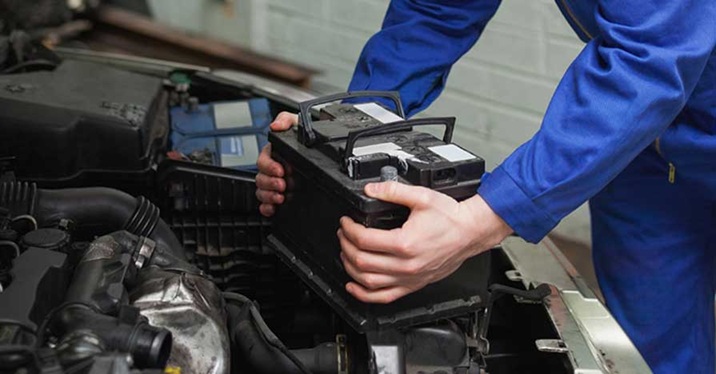Imagine driving a rugged 4-wheel vehicle across sand dunes or down a rocky mountain trail. You may not understand exactly how the suspension works, but you do know it keeps you from bouncing around violently or getting hurt from the impact of rough terrain.
What Is Suspension on Electric Scooters?
Before diving into the details, let’s define “suspension” as it applies to electric scooters.
You’ve probably seen how a car bounces when it drives over potholes—that’s its suspension system at work. Electric scooters, though much smaller and lighter, use a similar system to soften the ride and keep it stable over uneven surfaces.
In simple terms, an electric scooter suspension system is made up of components like springs, rubber elements, or swingarms that allow the scooter’s deck to “float” slightly above the road surface. When the wheels hit a bump, the system compresses to absorb the shock and then returns to its normal position.
Some systems allow you to fine-tune the rebound or resistance for a smoother ride, while others are preset for riders of a certain weight. Heavier or lighter users might find a specific suspension less effective, which is why it’s often recommended to test a scooter with suspension before making a purchase.
Why Is Suspension Important in E-Scooters?
Not all electric scooters need a suspension system. Unlike large, fast-moving vehicles, many scooters are lightweight and designed for short urban commutes. These scooters often skip suspension in favor of being slimmer, lighter, and more portable.
However, larger and faster scooters can be difficult to control without a suspension system. Off-road riding especially benefits from strong suspension. Additionally, suspension systems improve comfort and control for riders with higher body weights.
What Is Damping?
Damping is a key feature in suspension systems. It controls how quickly the system compresses and rebounds when encountering bumps. Adjustable damping helps customize ride quality based on rider weight and riding conditions. A well-damped system ensures that the scooter doesn’t bounce excessively after hitting a bump, providing a more stable experience.
What Are the Types of Electric Scooter Suspension?
Spring Suspension
This is the most common type, using metal springs to absorb shocks. Some scooters have one spring per wheel, while others may use more. Although usually not adjustable, some designs let you swap springs to achieve a firmer or softer ride.
Air Suspension
Air suspension relies on pressurized air within a chamber or cartridge to absorb impacts. It’s adjustable and offers a smooth ride in theory, but due to size constraints and design challenges, it is rarely used in electric scooters.
Hydraulic Suspension
This type uses fluid-filled cartridges to absorb impacts. It’s more complex and typically more expensive than spring systems, but it provides excellent damping and smoother handling. Some advanced designs combine hydraulic and spring components, allowing for simple rebound adjustment with a dial.
Dual Suspension
Dual suspension means both the front and rear wheels have suspension systems. This setup delivers the smoothest ride but adds more weight and cost. It’s typically found in high-performance scooters meant for fast or off-road riding.
Rubber Suspension
This design uses rubber bushings or cartridges to absorb bumps. It’s lighter and simpler but not as effective at handling large shocks. Over time, rubber suspension tends to improve as it breaks in. Adjustability is limited and replacing components can be difficult and costly.
Swingarm Suspension
Inspired by motorcycle suspension, this setup uses one or two swingarms that pivot and support the wheel. It offers strong stability and is typically paired with another suspension type like springs for maximum effectiveness, especially on powerful scooters.
Electric Scooter Suspension Maintenance
Maintaining your scooter’s suspension is essential for performance and safety. Depending on the design, regular tasks may include tightening bolts, lubricating moving parts, and inspecting for wear or damage.
If the suspension starts to feel less effective or you hear odd noises, it might be time to replace or repair parts. Always consult your scooter’s manual or visit a repair specialist for any major issues.
Regular maintenance helps prolong the life of your suspension and ensures your rides remain smooth and safe.
Lightweight Scooters and the Case for No Suspension
As noted earlier, not every scooter needs a suspension system. For short-distance, urban commuting at moderate speeds, suspension can add unnecessary complexity and weight.
Modern lightweight scooters often rely on aerodynamic designs, flexible decks, and specially engineered tires to provide a reasonably smooth ride over typical city terrain. These design choices make them ideal for riders who prioritize portability and convenience over rugged performance.
Suspension is a fantastic feature for certain riders and use cases—but it’s not a one-size-fits-all solution. Always choose a scooter that fits your specific needs and riding environment.



